FAQs | Repair Videos | Academy | Newsletter | Contact
Our Picks
Top content from across the community, hand-picked by us.
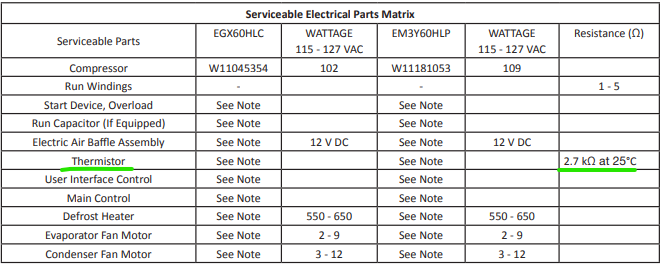
Are Thermistors Interchangeable?
Son of Samurai posted a blog entry in Appliance Repair Tech Tips,
-
-
- 6 replies

Picked By
Samurai Appliance Repair Man,
A Real World Example to Help You Understand Shunts and Loads in Series
Son of Samurai posted a blog entry in Appliance Repair Tech Tips,
-
-
- 0 replies

Picked By
Samurai Appliance Repair Man,
Identifying and Understanding Transistor Switches on Schematics
Son of Samurai posted a blog entry in Appliance Repair Tech Tips,
-
-
- 0 replies

Picked By
Samurai Appliance Repair Man,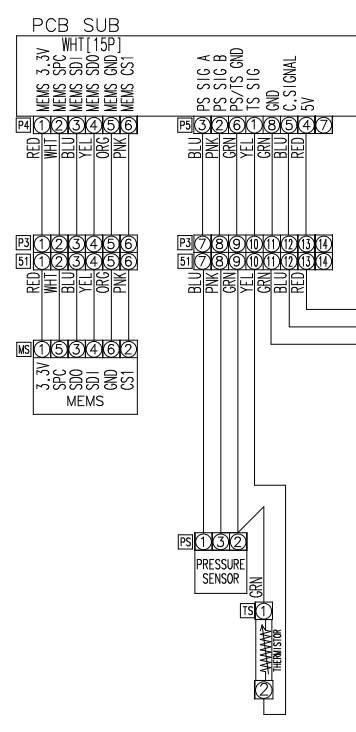
Using Frequency Measurements as a Troubleshooting Tool
Son of Samurai posted a blog entry in Appliance Repair Tech Tips,
What can you do here? Do you just call it a bad board and move on?
-
-
- 4 replies

Picked By
Samurai Appliance Repair Man,
Can you Check a BLDC Fan Motor with Ohms?
Son of Samurai posted a blog entry in Appliance Repair Tech Tips,
Wow -- 500 K-ohms! No way that's in spec. Gotta be a bad fan motor, right?
-
-
- 3 replies

Picked By
Samurai Appliance Repair Man,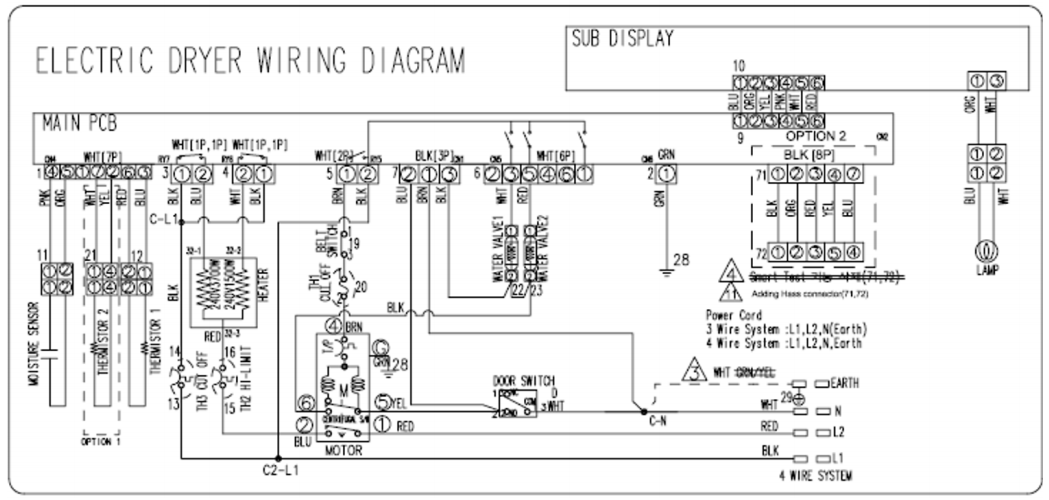
Troubleshooting a Samsung Dryer: Won't Start but Always Runs
Son of Samurai posted a blog entry in Appliance Repair Tech Tips,
-
-
- 5 replies

Picked By
Samurai Appliance Repair Man,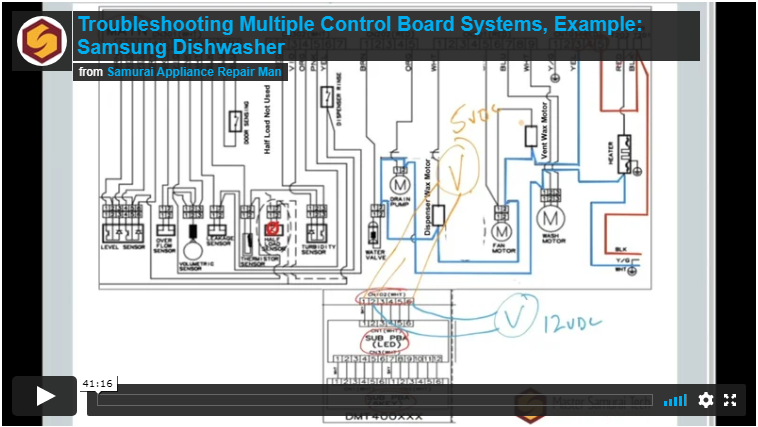
A Real-World Example of How to Troubleshoot Multi-Board Configurations
Son of Samurai posted a blog entry in Appliance Repair Tech Tips,
-
-
- 2 replies

Picked By
Samurai Appliance Repair Man,
Unravel the Mystery of this Simmer Switch Circuit...
Son of Samurai posted a blog entry in Appliance Repair Tech Tips,
-
-
- 4 replies

Picked By
Samurai Appliance Repair Man,
Troubleshooting a Whirlpool Dishwasher with a Cheater Cord
Son of Samurai posted a blog entry in Appliance Repair Tech Tips,
-
-
- 3 replies

Picked By
Samurai Appliance Repair Man,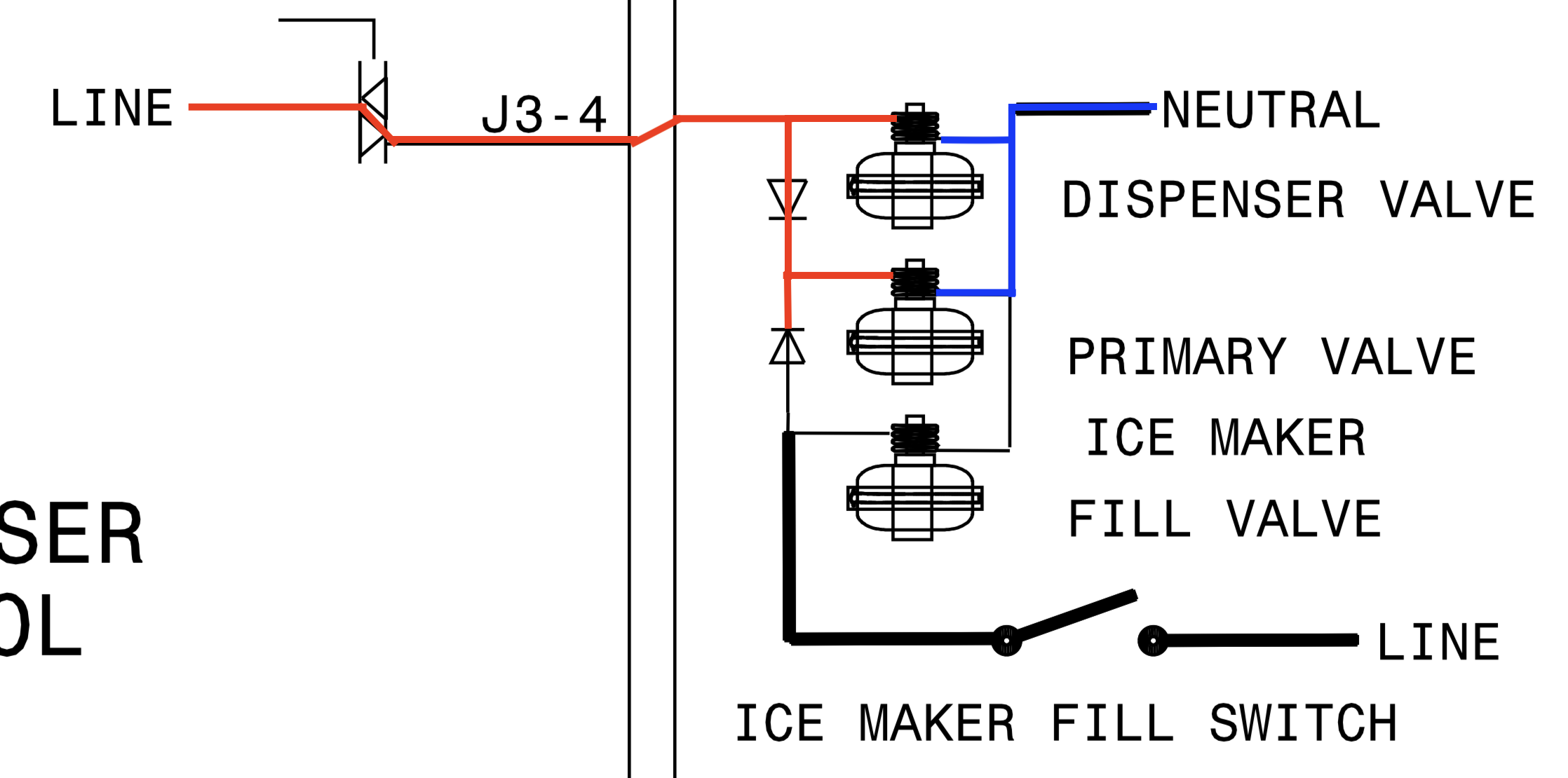
How Refrigerator Water Systems Work
Son of Samurai posted a blog entry in Appliance Repair Tech Tips,
-
-
- 0 replies

Picked By
Samurai Appliance Repair Man,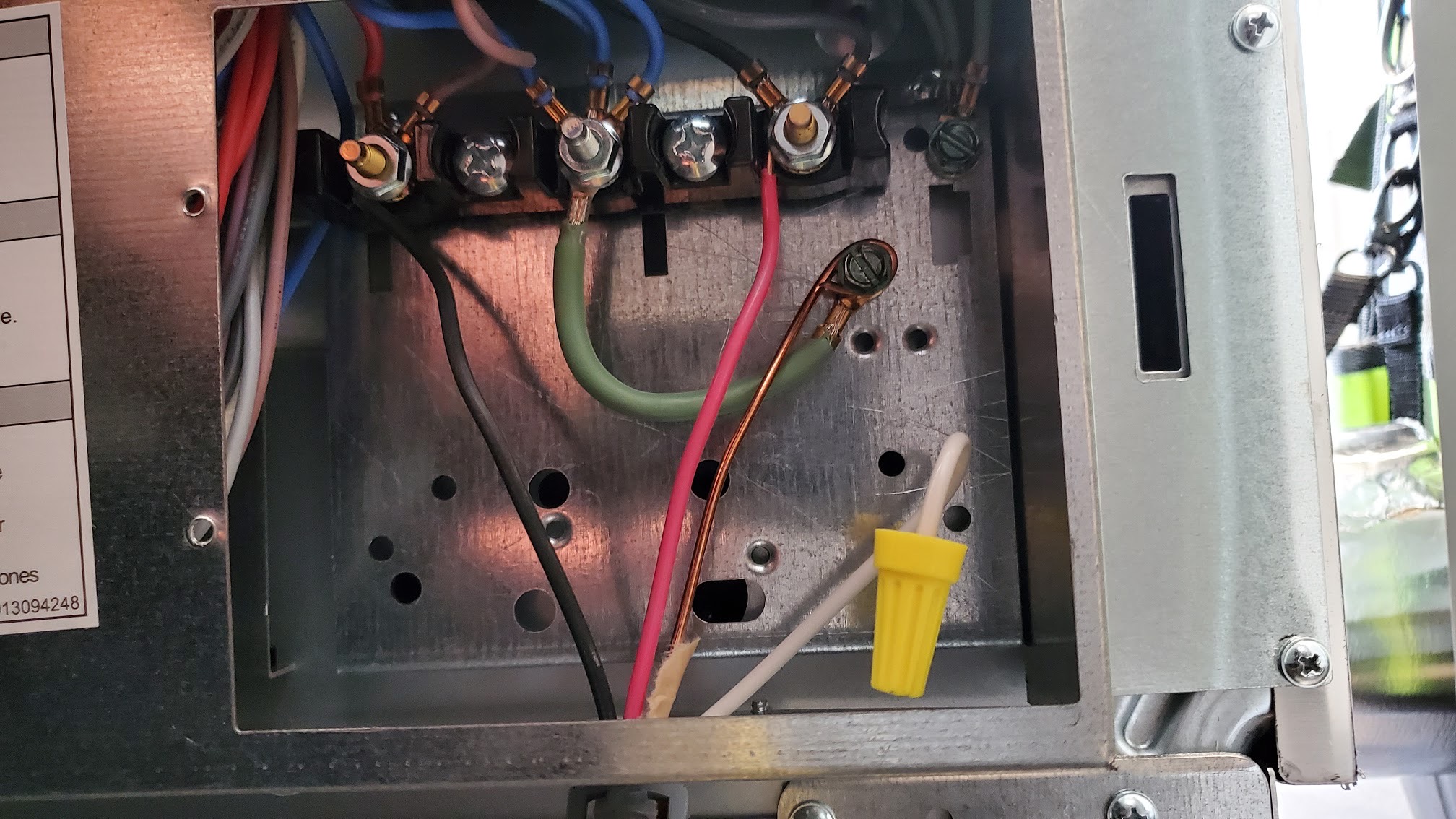
Pop Quiz: What's Wrong with this Range Wiring?
Son of Samurai posted a blog entry in Appliance Repair Tech Tips,
-
-
- 11 replies

Picked By
Samurai Appliance Repair Man,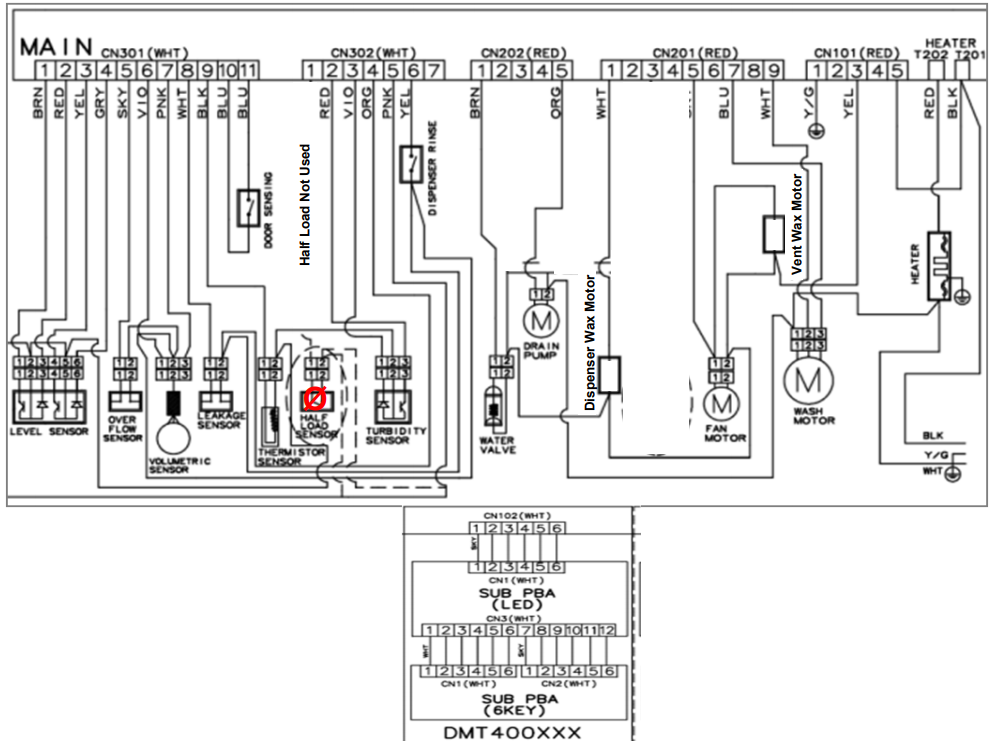
Identifying Power Supplies on a Samsung Control Board
Son of Samurai posted a blog entry in Appliance Repair Tech Tips,
1. Where does the control board receive line and neutral?
2. Where doe the sub-control boards get their DC power supply?
-
-
- 1 reply

Picked By
Samurai Appliance Repair Man,
Can You Solve this Schematic Symbol Mystery?
Son of Samurai posted a blog entry in Appliance Repair Tech Tips,
-
-
- 5 replies

Picked By
Samurai Appliance Repair Man,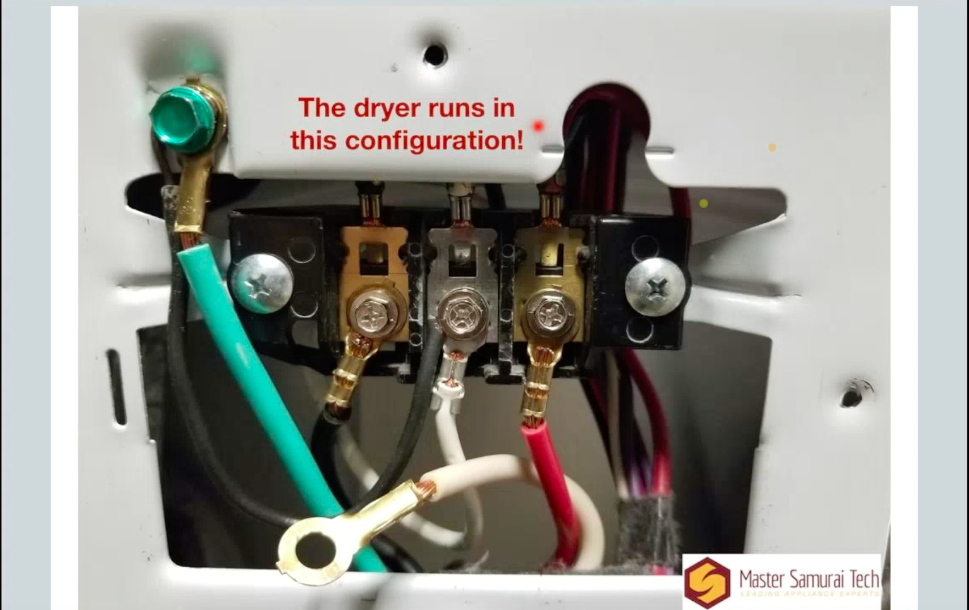
How Does this Dryer Run in a Seemingly Impossible Configuration?
Son of Samurai posted a blog entry in Appliance Repair Tech Tips,
-
-
- 7 replies

Picked By
Samurai Appliance Repair Man,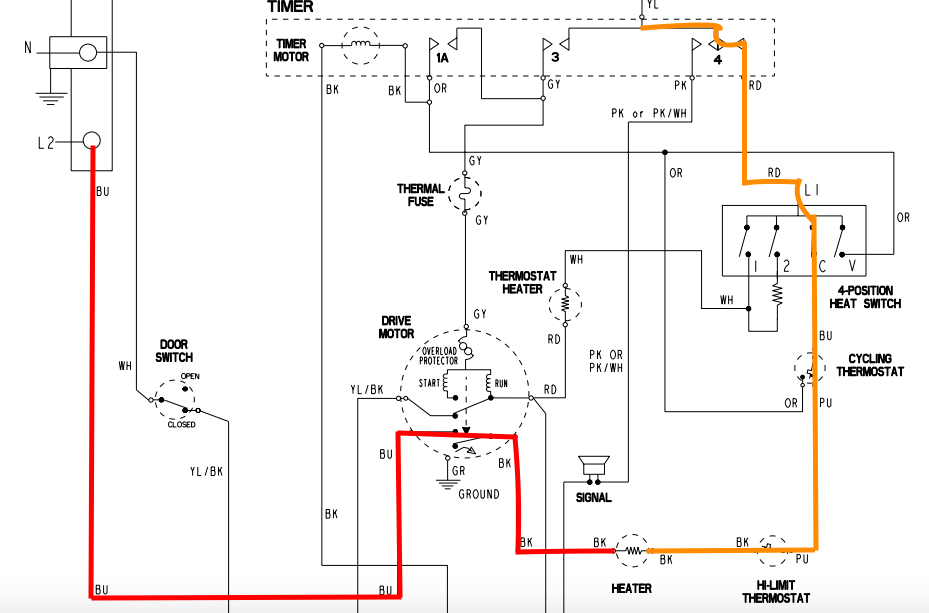
One Powerful Measurement Could Have Saved This Tech Hours of Troubleshooting...
Son of Samurai posted a blog entry in Appliance Repair Tech Tips,
-
-
- 11 replies

Picked By
Samurai Appliance Repair Man,
How do Relays and Triacs Work?
Son of Samurai posted a blog entry in Appliance Repair Tech Tips,
-
-
- 0 replies

Picked By
Samurai Appliance Repair Man,3-Way Valve Configurations in Refrigerators
Son of Samurai posted a blog entry in Appliance Repair Tech Tips,
-
-
- 0 replies

Picked By
Samurai Appliance Repair Man,What's the Difference Between AFCIs and GFCIs?
Son of Samurai posted a blog entry in Appliance Repair Tech Tips,
-
-
- 0 replies

Picked By
Samurai Appliance Repair Man,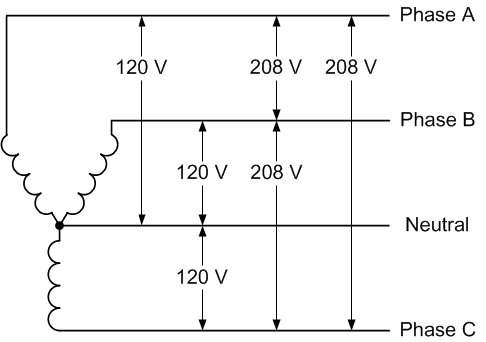
Know your Power Supplies
Son of Samurai posted a blog entry in Appliance Repair Tech Tips,
-
-
- 3 replies

Picked By
Samurai Appliance Repair Man,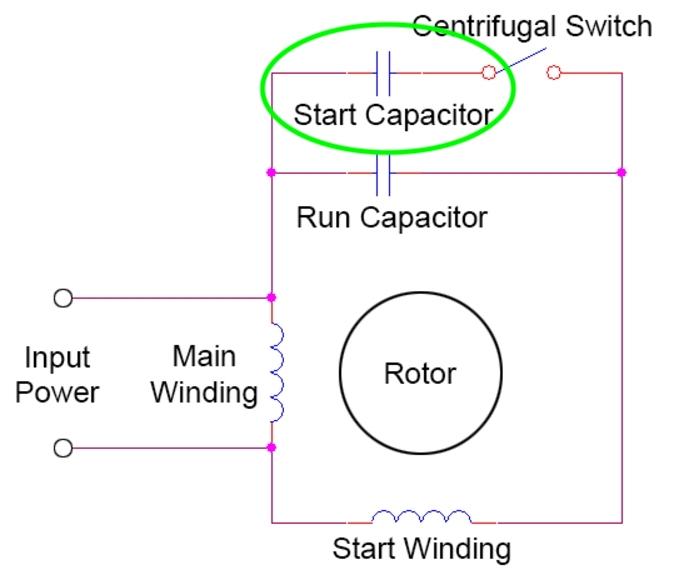
Start Capacitors and Run Capacitors in Split-Phase Motors
Son of Samurai posted a blog entry in Appliance Repair Tech Tips,
-
-
- 4 replies

Picked By
Samurai Appliance Repair Man,Demystifying Samsung Refrigerators
Son of Samurai posted a blog entry in Appliance Repair Tech Tips,
-
- 3 replies

Picked By
Samurai Appliance Repair Man,How do Oven Gas Valves Actually Work? Find Out Here...
Son of Samurai posted a blog entry in Appliance Repair Tech Tips,
-
-
- 0 replies

Picked By
Samurai Appliance Repair Man,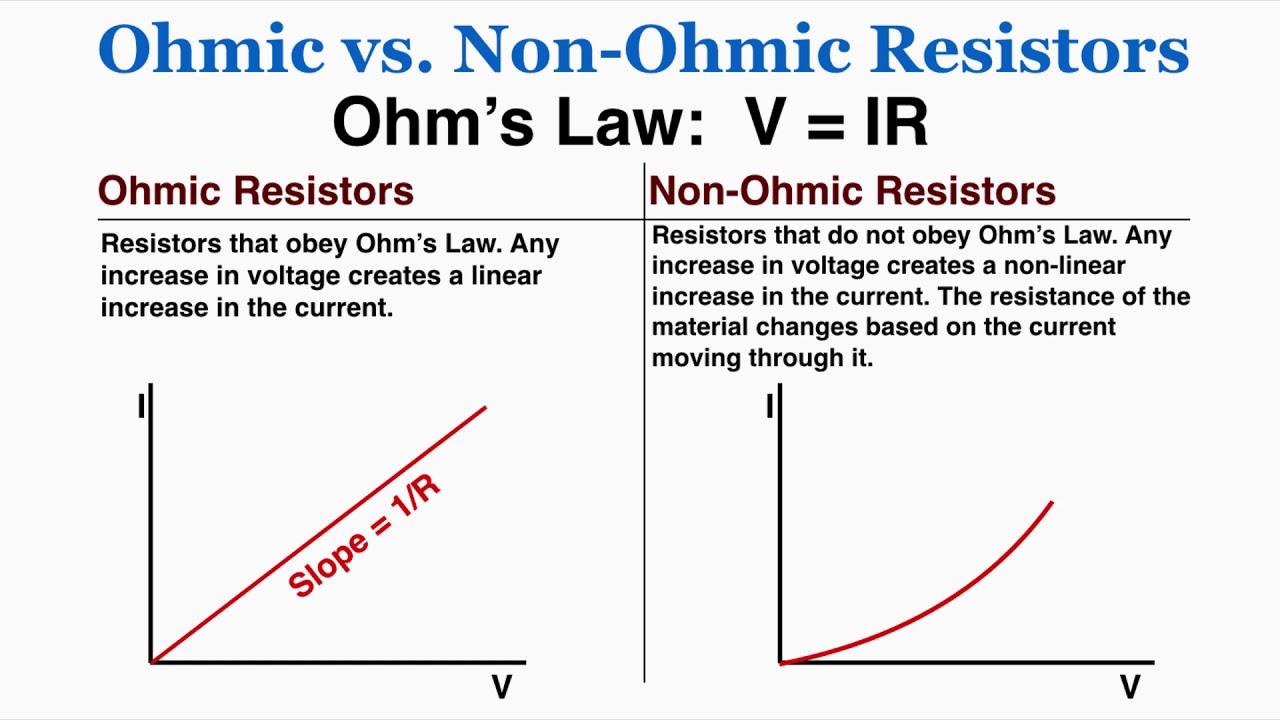
When Ohm's Law Doesn't Apply...
Son of Samurai posted a blog entry in Appliance Repair Tech Tips,
-
-
- 2 replies

Picked By
Samurai Appliance Repair Man,
EEPs: What they are and how to use them
Son of Samurai posted a blog entry in Appliance Repair Tech Tips,
-
-
- 5 replies

Picked By
Samurai Appliance Repair Man,What's the Difference Between Neutral and Ground?
Son of Samurai posted a blog entry in Appliance Repair Tech Tips,
-
-
- 0 replies



.png)


